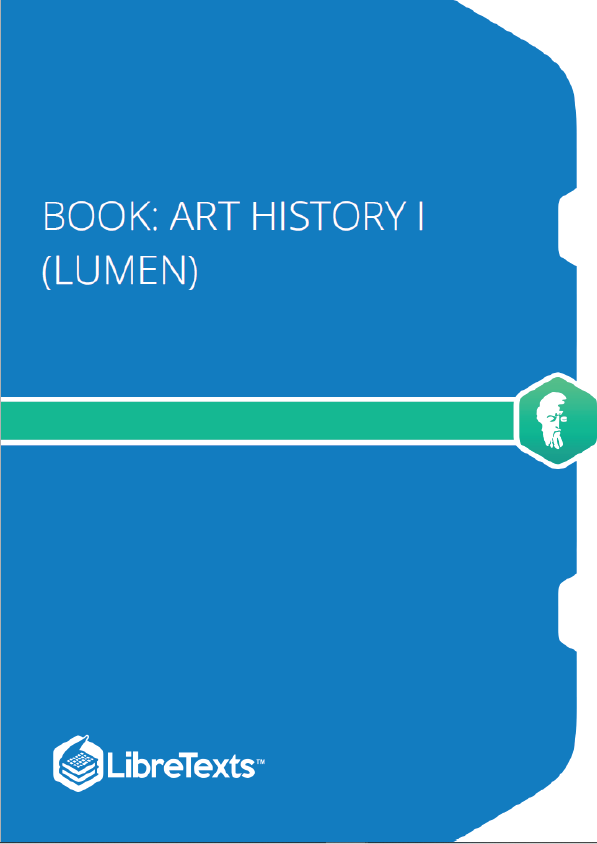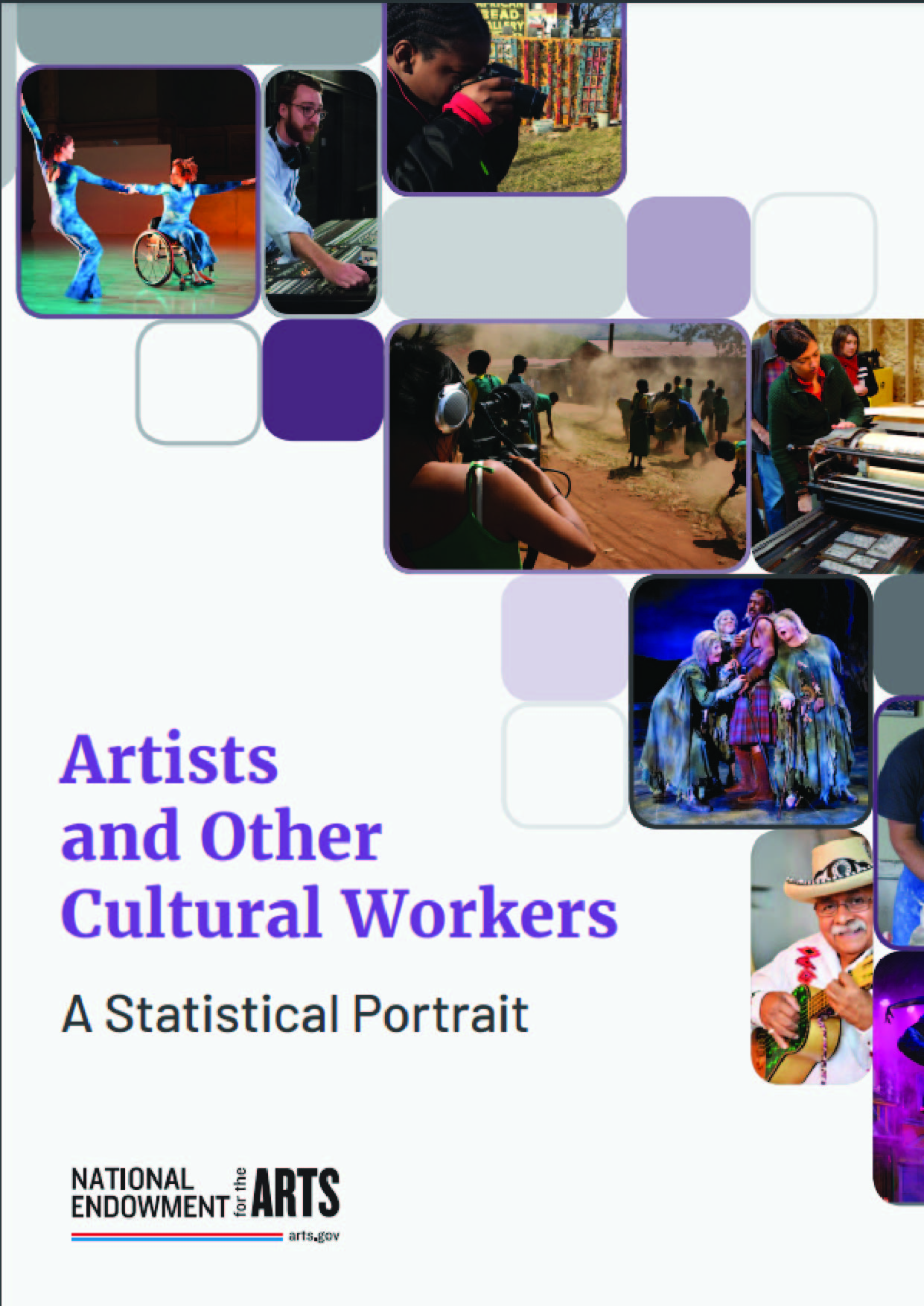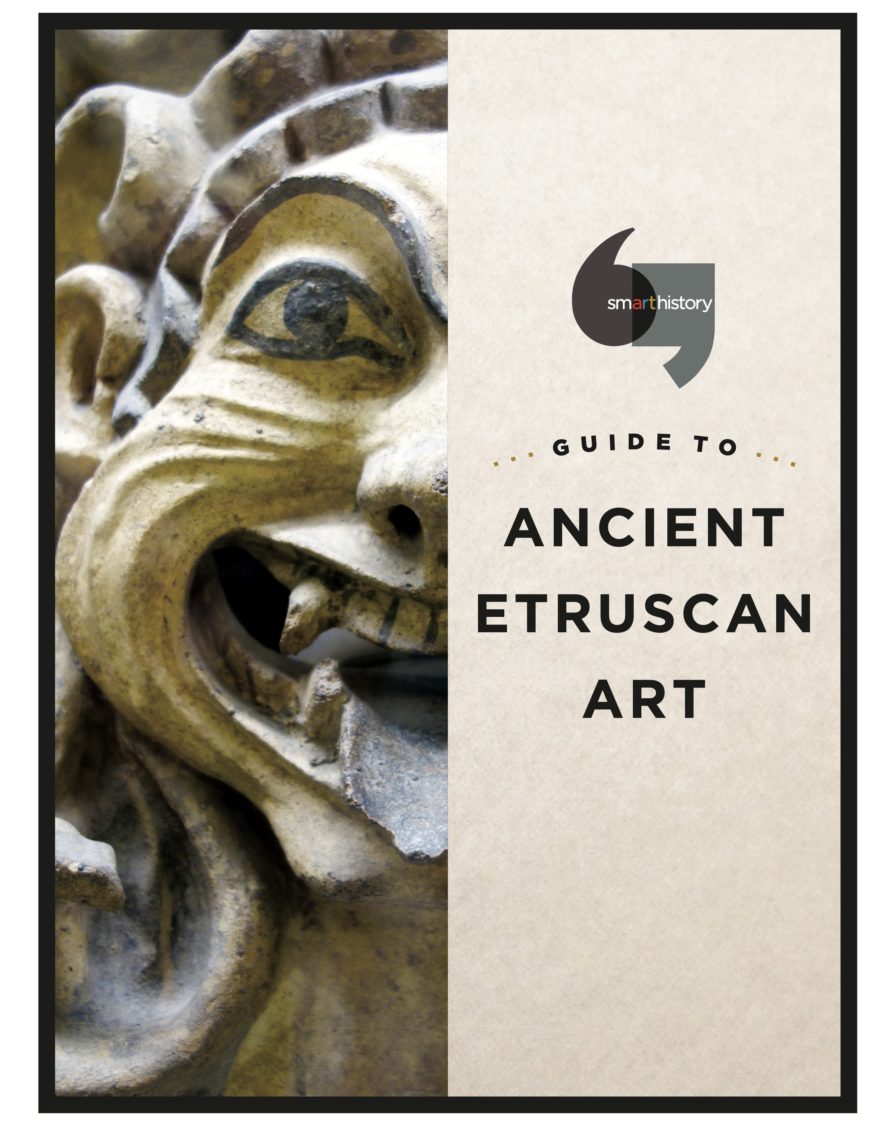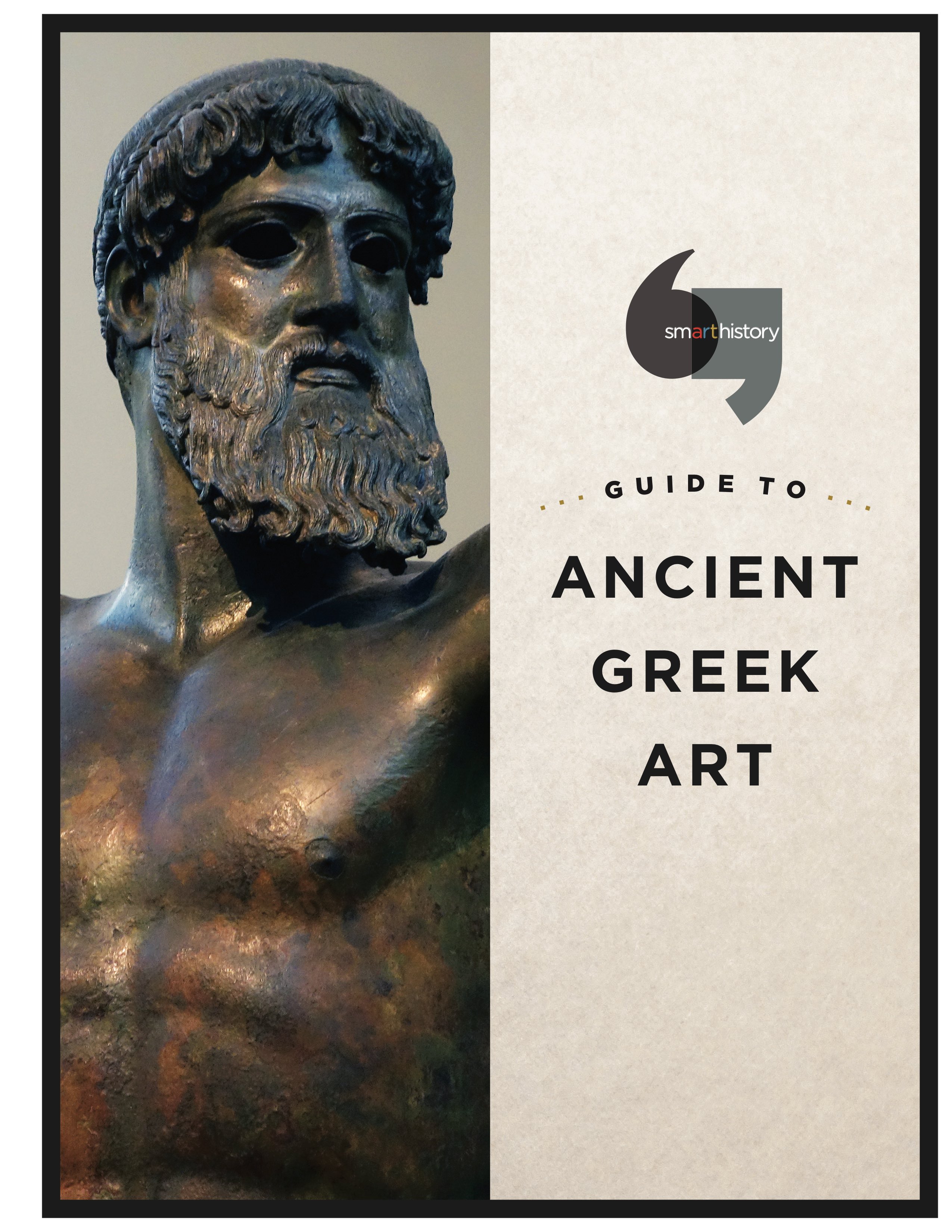How long has our calendar been around?
We are writing this on 12/26/12 or Wednesday, December 26, 2012; traditionally understood as two-thousand and twelve years (give or take a few) after Jesus Christ is believed to have been born. But if Jesus used a calendar, it would not have been the one we use.
Our calendar is called the Gregorian calendar and was instituted by Pope Gregory XIII in 1582. There are many other calendars. Quite a few societies have used calendars linked to the years their kings ruled. And there are numerous calendars, beyond the Gregorian calendar, that are still in use today. For example, 2012 equates to 1434/35 in the Islamic calendar and 5772–73 in the Jewish calendar (both are lunar, based on the cycles of the moon).
BC or BCE?
Many people use the abbreviations BC and AD when writing a year (for example, AD 2012). BC refers to “Before Christ,” and the initials, AD, stand for Anno Domini, which is Latin for “In the year of our Lord.” This system was devised by a monk in the year 525. A more recent system uses BCE which stands for “Before the Common Era” and CE for “Common Era.” This newer system is now widely used as a way of expressing the same periods as BC and AD, but without the Christian reference. According to these systems, we count time backwards Before the Common Era (BCE) and forwards in the Common Era (CE).
Circa?
Often dates will be preceded with a “c.” or a “ca.” These are abbreviations of the Latin word “circa” which means around, or approximately. We use this before a date to indicate that we do not know exactly when something happened, so c. 400 BCE means approximately 400 years Before the Common Era.
Why 2012 is in the Twenty-First Century?
We live in the twenty-first century, that is, the 2000s. Similarly when we say “twentieth century,” we are referring to the 1900s. All this because, according to the calendar we use, the first century included the years 1–99 (there was no year zero), and the second century, the years 100–199. Similarly, when we say second century BCE we are referring to the years 100–199 BCE.
History has no natural divisions. A woman living in Florence in the fifteenth century did not think of herself as a woman of the Renaissance. Historians divide history into large and small units in order to make characteristics and changes clear to themselves and to students. It’s important to remember that any historical period is a construction and a simplification. Below are some important basics to get you started.











